
Every baker knows there's often a wide and discouraging gap between the cake you want and the one that comes out of your oven. Good cakes are moist and rich and boast a tender crumb, but many factors can lead to a dry and crumbly final result. The problem might lie in the recipe or in your oven, but usually it's relatively easy to identify and fix.
Overbaking
One way to make a dry cake from even the most reliable recipe is to overbake it. Your cake must bake long enough for the batter to cook completely and for its starches and proteins to set and become firm. That's what creates the cake's structure and crumb, immobilizing the thousands of tiny air pockets that make each bite tender. If you keep baking, much of the remaining moisture steams away in the oven and leaves the finished cake dry and crumbly. Your cake is done when the top is springy and the sides begin to pull away from the pan, even if a few moist crumbs cling to your cake tester.
Two Things to Check
It's possible to overbake your cake even if you've followed the recipe's instructions diligently, because home ovens are seldom calibrated accurately. A difference of just 10 or 15 degrees Fahrenheit is enough to leave your cakes dry and crumbly. To test for this, buy an inexpensive oven thermometer at your local department store and place it in your oven. Test your oven at common baking temperatures such as 350 F, 375 F and 400 F, and see how accurate its thermostat is. Adjust the heat until you've got the correct temperature, and note the required thermostat setting. Altitude can also make cakes overbake, so if you've recently moved to a higher elevation, you might need to adjust your recipes or baking temperatures.
The Recipe
Sometimes, the fault is in your recipe. If your batter doesn't have enough moisture to begin with, it's unlikely to have enough by the time it comes out of the oven. Compare your recipe to similar recipes from other sources, adding up liquids such as water and milk, as well as eggs and liquid sweeteners such as honey or corn syrup. A difference of even 1 or 2 tablespoons can be the difference between a dry cake and a good one. Fat also contributes to the richness and moist mouthfeel of your cake, so compare the levels of shortening, butter or oil. Adding fat in the form of extra butter or an additional egg yolk often fixes the recipe.
The Flour
Sugar, eggs and milk are generally reliable ingredients, but flour can be widely variable from one region to another. All-purpose flour in the South and the Pacific Northwest tend to be relatively soft, or low in gluten, while elsewhere in the U.S. and Canada it's relatively high in gluten. Try baking your troublesome recipe with cake flour, which is milled extrafine and then bleached. This makes cake flour more porous, and capable of absorbing -- and retaining -- more moisture than conventional flour. It also blends more easily, producing smoother batters and better-textured cakes.
Related Articles

What Are the Causes of Large Holes in a ...

What Causes Cupcakes to Be Dry?
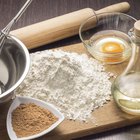
How to Stop Cakes From Dropping

What Causes Dry & Hard Muffins?
Why Do My Biscuits Turn Out Hard and ...

Making Dry Baked Goods Moist
Does Humidity Affect Baking Times?

Why Does Bread Drop in the Middle When ...
What Is the Difference Between Cake ...
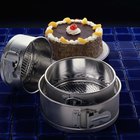
How to Keep Cake Edges From Hardening ...
Does Cake Flour Contain Baking Soda & ...

How to Make Dough in a KitchenAid Mixer

Main Ingredients of English Muffins

Does High Altitude Make a Difference ...
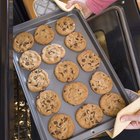
How to Cook Cakes and Biscuits in a ...

Can You Proof Yeast in Warm Milk?
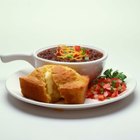
How to Make Cornbread in a Cast-Iron ...

How Is Emulsified Shortening Used in ...
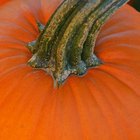
How to Make Pumpkin Bread Moist

Can I Substitute Bleached for ...
References
- On Food and Cooking: The Science and Lore of the Kitchen; Harold McGee
- The Professional Pastry Chef; Bo Friberg
Writer Bio
Fred Decker is a trained chef and prolific freelance writer. In previous careers, he sold insurance and mutual funds, and was a longtime retailer. He was educated at Memorial University of Newfoundland and the Northern Alberta Institute of Technology. His articles have appeared on numerous home and garden sites including GoneOutdoors, TheNest and eHow.
Photo Credits
Lucas Allen/Digital Vision/Getty Images